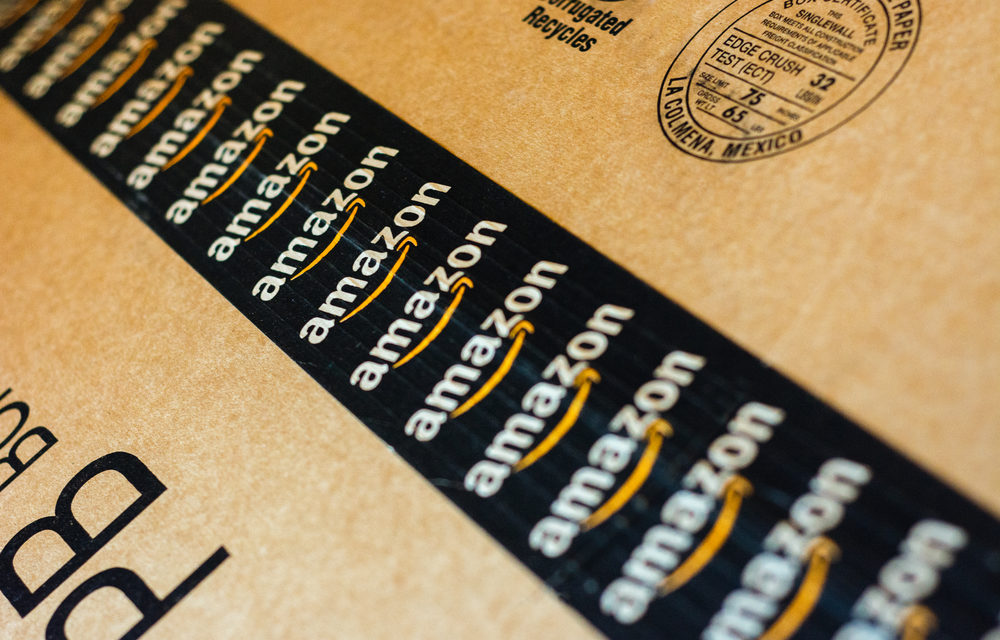Other online prices lag by wide margins, study finds
Walmart has narrowed the gap but Amazon is still the leader when it comes to online prices, a new study found.
An analysis of the prices of some 52,000 items by Profitero, an ecommerce analytics company, found that Amazon’s prices came in an average of 11% below the online prices offered by Walmart, Target, Jet.com and “specialist” retailers.
Profitero said it compared only identical, in-stock products, with daily prices averaged over the three-month period of June to August 2017.

Walmart had the most competitive prices, coming in just 2.9% above Amazon. That’s a considerable improvement from the 9% gap that Profitero found in a 2014 pricing study.
Profitero broke down its comparison across 13 categories, which included appliances, baby, electronics and 10 others.
Jet.com, a unit of Walmart, and Target lagged Amazon across all the categories in which they compete. (For Jet.com, which offers progressively lower prices as shoppers increase their orders, Profitero said it collected initial list prices.)
Walmart led in one category, beauty products, where it held a 1.4% edge in pricing. It was also closely competitive with Amazon in several other categories, including baby products, music, furniture, pet supplies and sports and outdoor products, where the gap was less than 2%.
While the snaps may be fleeting, Snapchat Geofilters are an extremely effective way to engage with your customers. Brands can create custom Geofilters that become accessible in specific locations, like in your business! Learn how the Yext Knowledge Engine can help with your location data.
So-called specialist retailers generally lagged Amazon by even wider margins than the big discount chains. Staples and Walgreens were found to have the widest gap, with a price index more than 40% higher than Amazon. Profitero said that pet supplies retailer Chewy.com, a unit of PetSmart, had the closed pricing to Amazon of all the category retailers studied. Its prices were an average of 7% higher than Amazon.
Amazon’s perceived price edge is a key consideration for consumers. A Yes Lifecycle Marketing poll of US internet users from earlier this year found that price was by far the most commonly cited reason for shopping at Amazon, an attitude that held true for shoppers of all age groups in the survey.

A December 2016 study from CPC Strategy came to a similar conclusion. It surveyed 1,500 US internet users about their Amazon shopping habits and the path to purchase they take, from discovering a product to finally buying an item. According to the survey, price was the No. 1 factor for respondents when making a purchase on Amazon. Amazon’s convenient shipping and quality of reviews followed in importance for shoppers.
Private Labels No Longer Just About Price
Of course, a study of identical products cannot take into account private-label brands, which by definition only appear on a single retailer’s site. Jet.com, Target, Amazon and many others have doubled down on private-label brands, which are attracting consumers across the income spectrum, not just the lower end. According to an IRI survey released last week, over half (52%) of US consumers with household income of more than $100,000 said they expect to buy more private-label products over the next six months.

